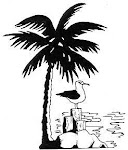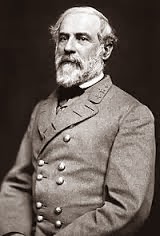When Ohio volunteers skirmished with seven
hundred secessionists at West Liberty, Kentucky, on October 23, 1861, a
triumphant account published in Cincinnati reported that twenty-one enemies
were killed and victors returned with an entourage.
Captured, according to the news account, were 34
prisoners, 52 horses, 10 or 12 mules, 2 jacks and one large bear. Like the cub
kept as a mascot by another outfit, this animal was probably half tame, but was
estimated to weight about three hundred pounds.











